
Common Problems
Class II
Class II problems represent abnormal bite relationships in which the upper jaw and teeth project ahead of the lower jaw. This is called “overjet”. Class II patients usually exhibit a convex facial profile with a deficient chin prominence. Typically, a class II problem is inherited and results in a shorter than normal lower jaw. Other factors, such as persistent thumbsucking, can aggravate these problems. Correction of this disorder generally requires influencing facial growth to bring the upper and lower jaws and teeth into their proper position.
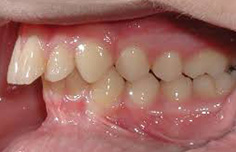
Class III
Class III problems are also primarily genetic in origin. In this instance, the lower jaw and teeth are displaced to the front of the upper jaw structure. Facially, the appearance may give the impression that the lower jaw is excessively large, but in many cases the lack of upper jaw development is at fault.
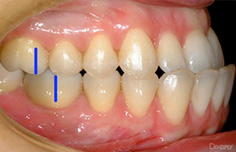
Crossbite
Posterior crossbites usually result from a constricted upper jaw or unusually wide lower jaw. A narrow upper jaw will often force a patient to move their lower jaw forward or to the side when closing into a stable bite. When closed into this accommodated position, the lower teeth are located outside the upper teeth. This posturing may result in an incorrect functional position of the lower jaw with accompanying facial asymmetry.
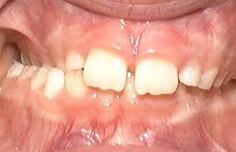
Crowding
Crowding of teeth is the most common problem associated with the need for orthodontic care. Although many factors contribute to the dental crowding this problem usually stems from a discrepancy between space available in each jaw and the size of the teeth. Aside from aesthetic considerations, poor alignment of teeth may be associated with periodontal problems and an increased risk of dental decay due to difficulty in maintaining proper oral hygiene.
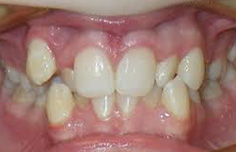
Deepbite
Excessive vertical overlapping of incisor teeth called “overbite” is generally found in association with a discrepancy between the length of the upper and lower jaws. It usually results in excessive eruption of either the upper or lower incisors or both. Associated problems include: 1) excessive display of gum tissue 2) lip protrusion or entrapment 3) biting the roof of the mouth, and 4) incisor wear.
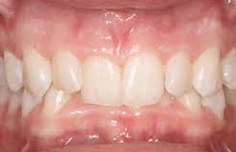
Openbite
A lack of vertical overlap of the incisor teeth can usually be traced to jaw disharmony or persistent habits (i.e. thumb sucking habits and posturing of the tongue between the front teeth) or excessive vertical growth of one or both jaws. Early assessment and intervention with these disorders is critical to the overall success.
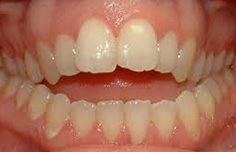
Spacing
Spaces between teeth are another common problem associated with the need for orthodontic care. Like crowding, spacing may be related to a tooth-to-jaw size disharmony. Gum tissue attachments called “frenae” are also a common cause of spacing between front teeth. Incisor protrusion may also lead to spacing. Other contributing factors to spacing between teeth include atypical or unusually narrow teeth, and missing or impacted teeth.
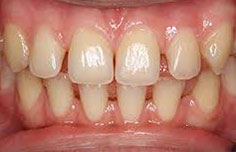
Missing Teeth
The various consequences of missing teeth result in many oral problems. The jaws may not align together properly which can affect the function of mastication/chewing causing pain in the facial muscles/jaws due to an improper bite. It can also cause difficulty with speech. Your smile can be aesthetically unpleasing as the facial muscles may ‘sag’ and gaps in the teeth might appear unsightly. Tilting of adjacent teeth into the space vacated by the missing ones – can make things harder to clean. All this can result in lower confidence when you smile.

